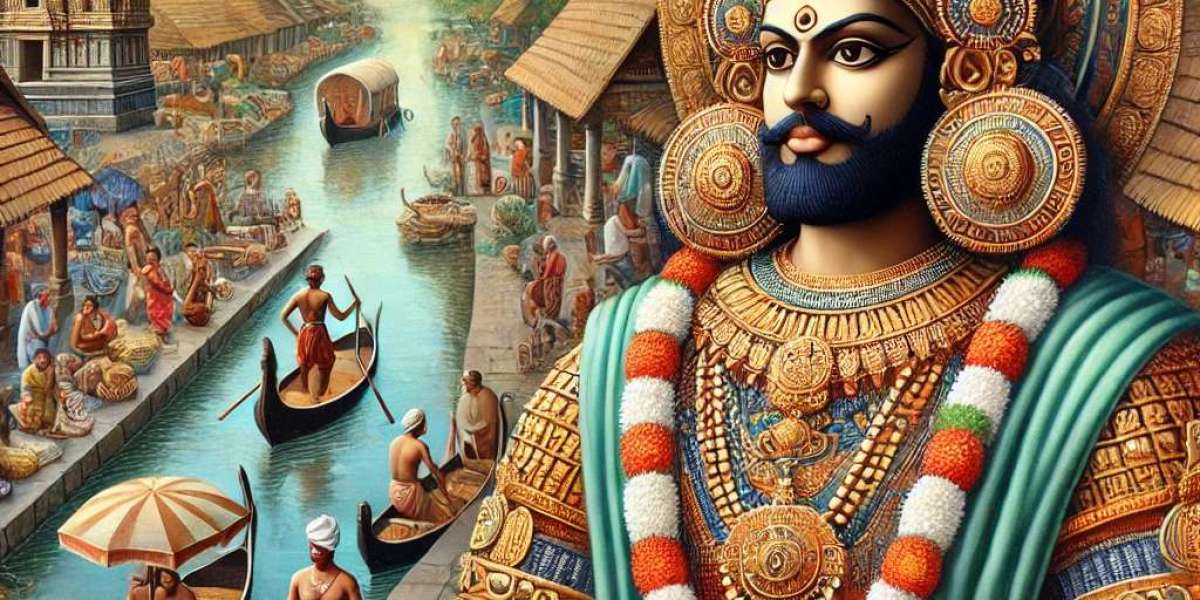Chera Dynasty: All You Need to Know
The Chera dynasty was a prominent kingdom that flourished in the southern part of India, particularly in the region corresponding to modern-day Kerala and parts of Tamil Nadu, from around the 3rd century BCE to the 12th century CE. Known for their maritime trade and significant contributions to Tamil language and literature, the Cheras played a vital role in shaping the cultural landscape of South India.
Table of Contents
- Origins and Early History of Chera Dynasty
- Society and Culture
- Trade and Economy in the Chera Dynasty
- Decline and Legacy
- Conclusion
Origins and Early History of Chera Dynasty
The exact origins of the Chera dynasty remain somewhat obscure, with various legends and scholarly theories attempting to trace their roots. Some sources suggest that the Cheras were originally a tribal community engaged in hunting and fishing before evolving into a more structured kingdom.
The earliest known mention of the Chera dynasty can be found in the works of the Greek historian Megasthenes, who, in the 3rd century BCE, referred to a kingdom called Keralaputra, ruled by a king named Senguttuvan. The Cheras became known for their wealth and strategic control over the lucrative trade routes connecting South India with the Middle East and Rome.
Society and Culture
The Chera society was stratified, with a king at the top and various classes below. Notable for their elaborate funeral customs, the Cheras practiced cremation and erected stone monuments in memory of their ancestors. Tamil was the primary language spoken, and the Cheras played a crucial role in the development of Sangam literature, which thrived from around 300 BCE to 300 CE.
Religious tolerance characterized the Chera dynasty, with Buddhism, Jainism, and Hinduism coexisting. The Cheras built numerous temples and supported the arts, significantly contributing to the cultural richness of the region.
Trade and Economy in the Chera Dynasty
The Cheras were primarily a maritime power, leveraging their control over important ports such as Muziris (modern-day Kodungallur) and Tyndis. They traded in a variety of goods, including spices, textiles, and precious stones, with black pepper being one of their most prized exports sought after by the Roman Empire.
Agriculture also played a crucial role in the economy, with rice, coconut, and other crops cultivated in the fertile lands of the region. The decentralized nature of the kingdom allowed local administrations to thrive, with each region maintaining its own economic practices.
Decline and Legacy
The decline of the Chera dynasty began in the 8th century CE, largely due to the rise of the Rashtrakutas and other northern powers, leading to territorial encroachments. Internal conflicts and divisions further weakened the kingdom, resulting in the fragmentation of its territories into smaller states.
Despite their decline, the Chera dynasty's influence persisted through its cultural and literary contributions. The Sangam literature, which flourished under the Cheras, continues to be regarded as a cornerstone of Tamil literary tradition, and the dynasty's legacy is celebrated in contemporary Tamil culture.
List of Notable Rulers from the Later Chera Dynasty
- Kulashekhara Varman (800 AD to 820 AD)
- Rajashekhara Varman (820 AD to 844 AD)
- Sthanu Ravi Varman (844 AD to 885 AD)
- Rama Varma Kulashekhara (885 AD to 917 AD)
- Goda Ravi Varma (917 AD to 944 AD)
- Indu Kotha Varma (944 AD to 962 AD)
- Bhaskara Ravi Varman I (962 AD to 1019 AD)
- Bhaskara Ravi Varman II (1019 AD to 1021 AD)
- Vira Kerala (1021 AD to 1028 AD)
- Rajasimha (1028 AD to 1043 AD)
- Bhaskara Ravi Varman III (1043 AD to 1082 AD)
- Rama Varma Kulashekhara (1090 AD to 1102 AD)
Conclusion
The Chera dynasty was a significant political and cultural force in South India for nearly a millennium. Their influence is evident in the language, literature, and traditions of the region today. The Cheras' contributions to maritime trade, agricultural development, and religious tolerance were key to their success and legacy, which continues to inspire the cultural narrative of Kerala and Tamil Nadu.









Amar Deep Singh 1 y
mind blowing